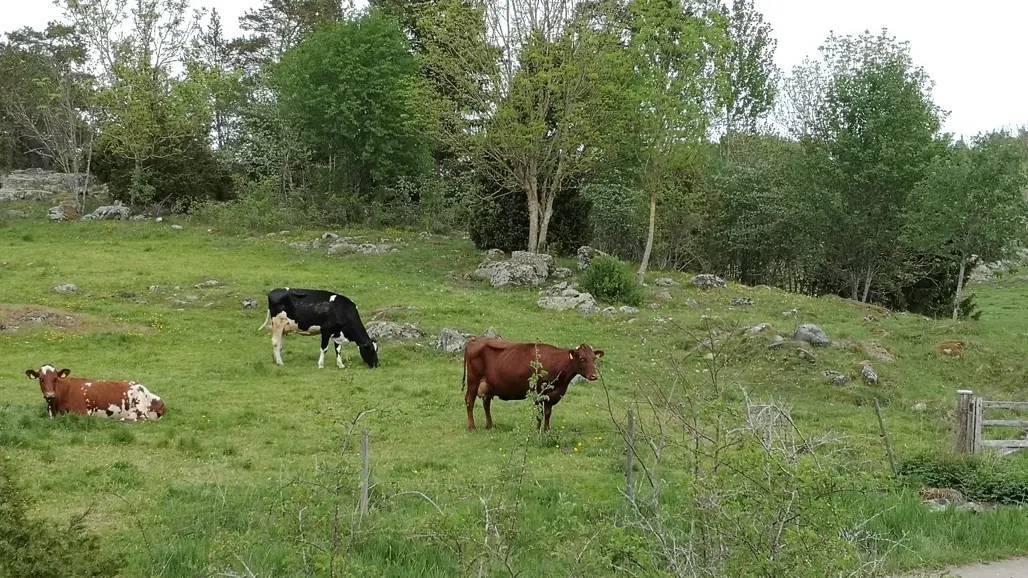
Monitoring of natural values in meadows and pastures – plants and vegetation
SLU monitors natural values in meadows and pastures. A total of approximately 300 plant species are included, many of which are strongly dependent on grazing or mowing.
Environmental monitoring is important to gain better knowledge about the natural values and management of these valuable habitat types.
The Swedish Board of Agriculture surveyed meadows and pastures in Sweden during the years 2002-2004. The results of the survey are available in the TUVA database, which has since been continuously supplemented with new meadows and pastures.
SLU's role in the inventory
During the years 2006-2020, SLU had an assignment with monitoring natural values in approximately 700 meadows and pastures from the TUVA database. The selection was based on a random sample of landscape squares throughout Sweden, which was fully or partially coordinated with NILS (National Inventory of Landscapes in Sweden), Remiil (Regional Monitoring in Landscape Squares) and the Swedish Bird Survey.
It contributes to the Swedish Board of Agriculture's follow-up of the environmental quality objective A varied agricultural landscape and evaluation of how policy instruments within the Rural Development Programme and EU's Common Agricultural Policy (CAP) affect the environment.
How the monitoring was done
During the fifteen years that the monitoring was carried out, about one fifth of the meadows and pastures in the sample were inventoried each year, and it therefore took five years to inventory the entire sample. The inventory of plants, vegetation and land use was carried out in sample plots within the selected objects, and the selection of objects was common to the monitoring of butterflies and bumblebees, which began at the same time.
During 2015 and 2016, SLU, together with the Swedish Board of Agriculture, carried out an extensive revision of the monitoring assignment, where the selection of objects and parts of the field methodology were changed. From 2016 onwards, the field methodology for field plots was adapted to be more coordinated with the methodology for grassland inventory within Remiil and Svenska kraftnät's monitoring of vegetation in powerline corridors.
The sample plot inventory of plants and vegetation contained a total of approximately 2,500 sample plots distributed over the entire five-year period, and recorded, among other things, the species and structure of the ground vegetation (e.g. height of vegetation affected by grazing, flower richness), the species and structure of the tree and shrub layer, and various management measures that can affect the natural values (grazing animals, mowing, clearing, soil disturbance).
Data
For sample plots in meadow and pasture objects, data are available for plants, vegetation and land use from all three inventory rotations 2006-2020. In each object in the sample there are between 1 and 11 sample plots, depending on the size of the object.
Contact
-
PersonAnders Glimskär, Researcher